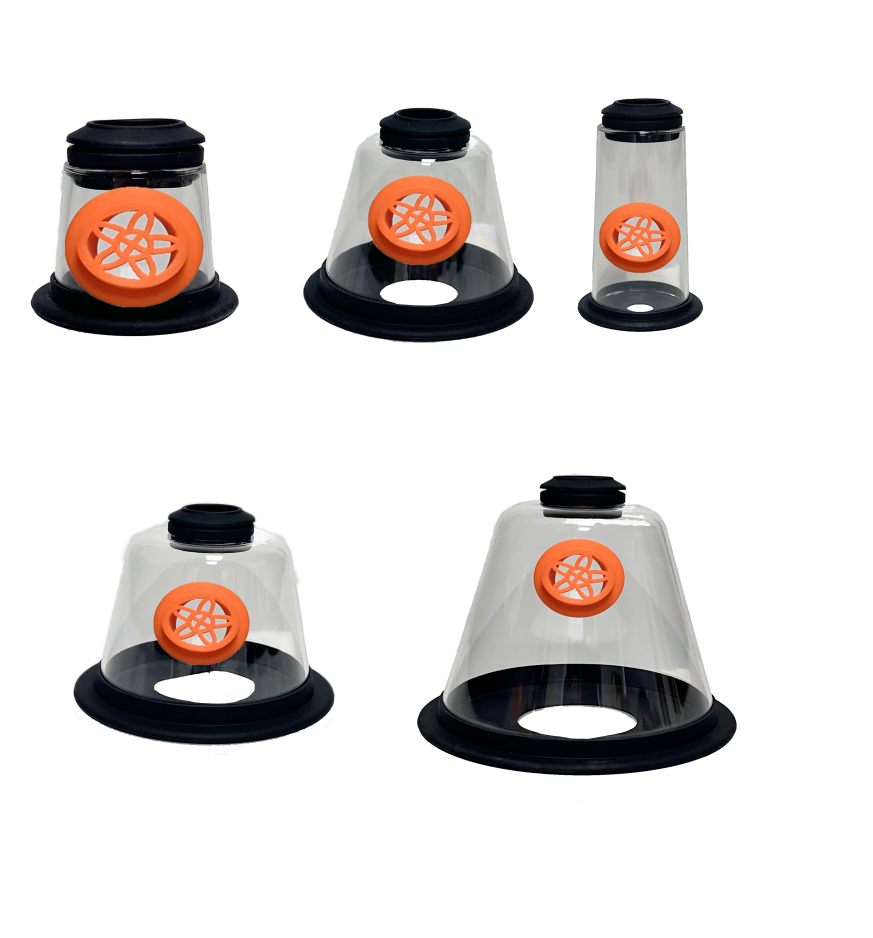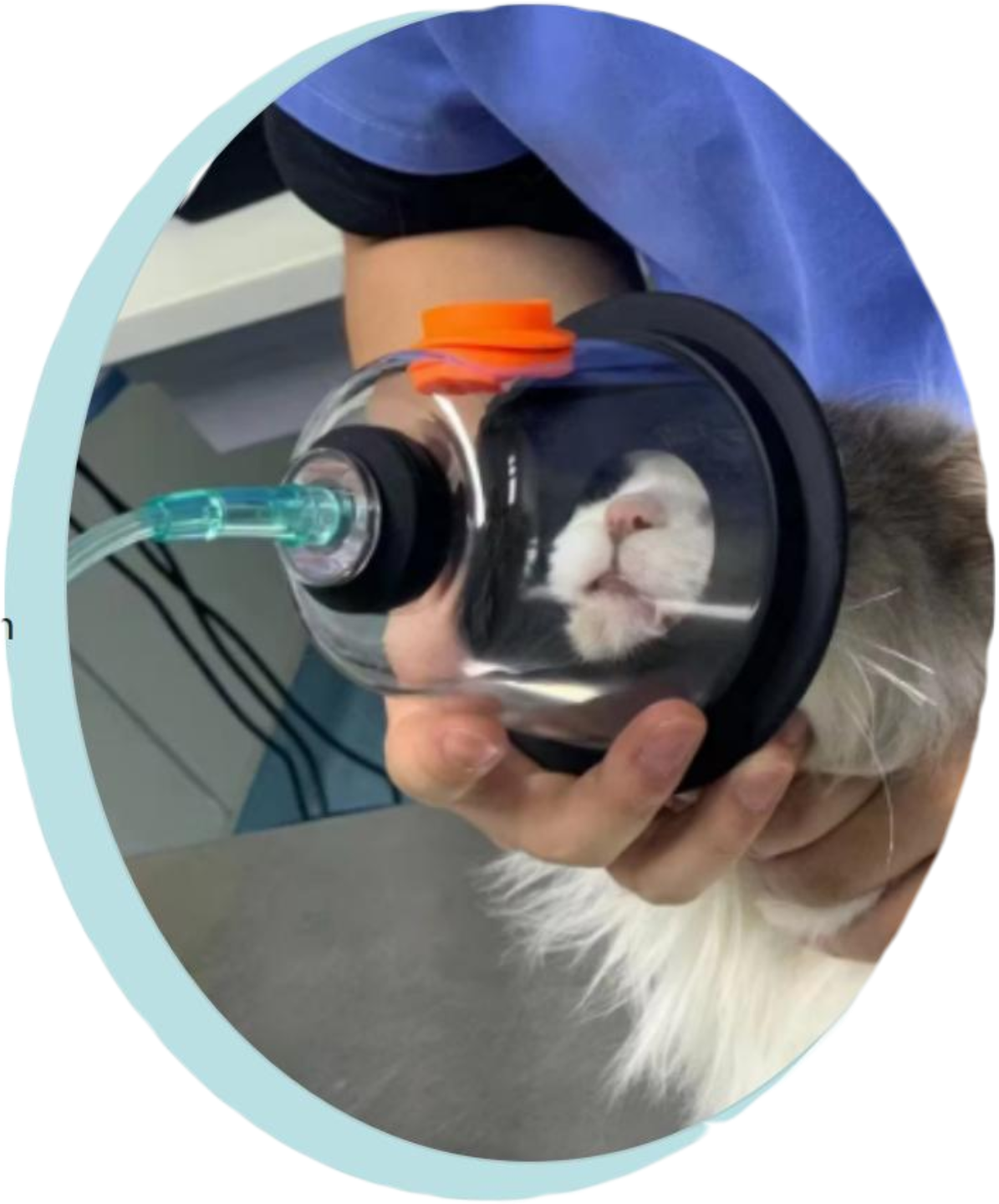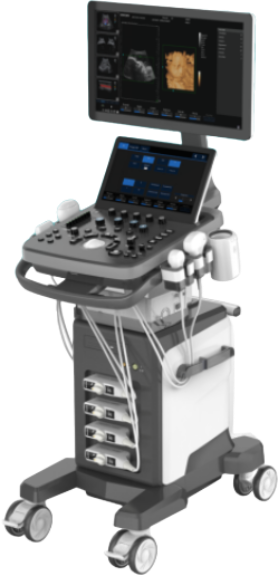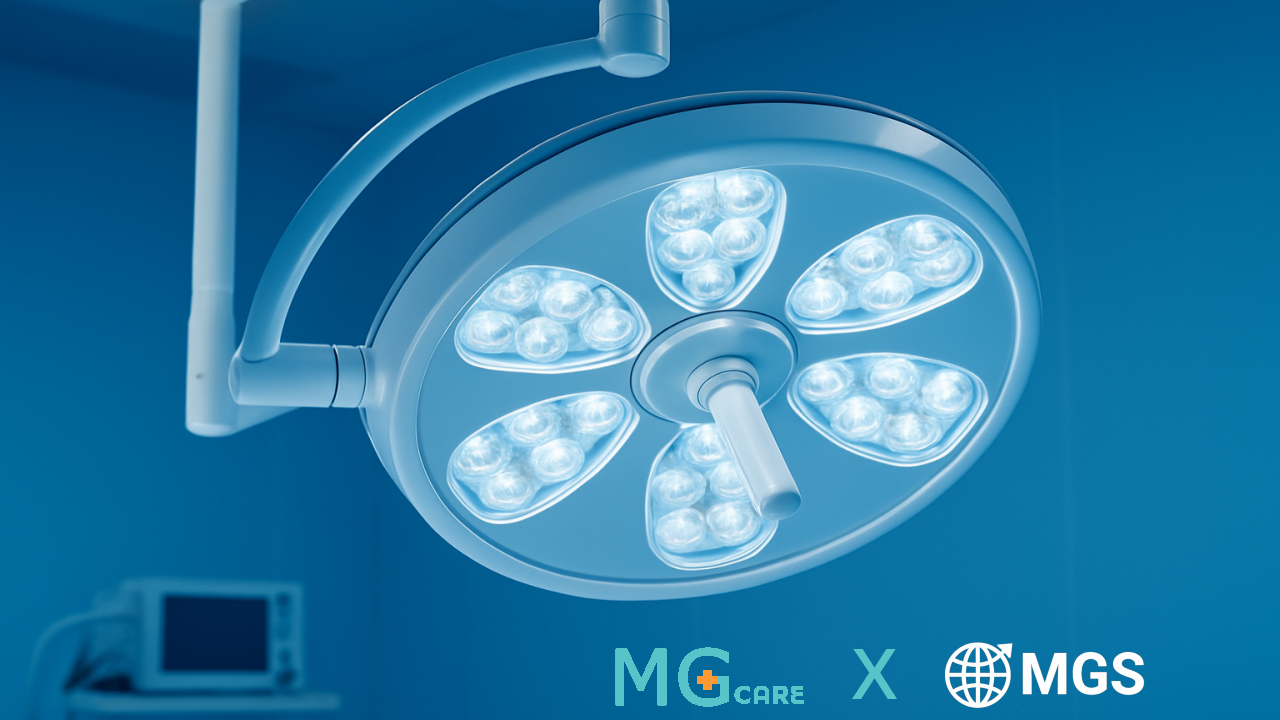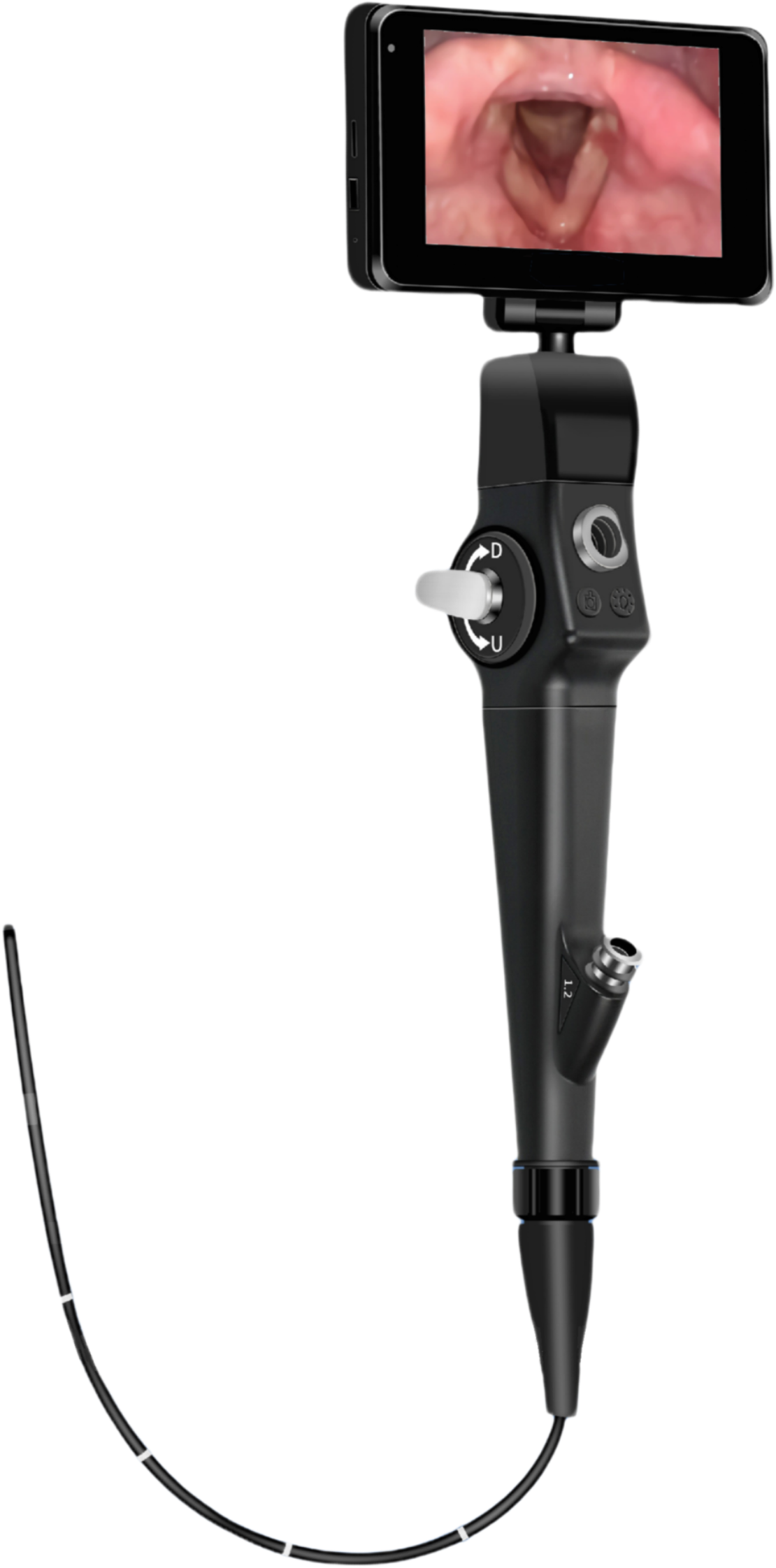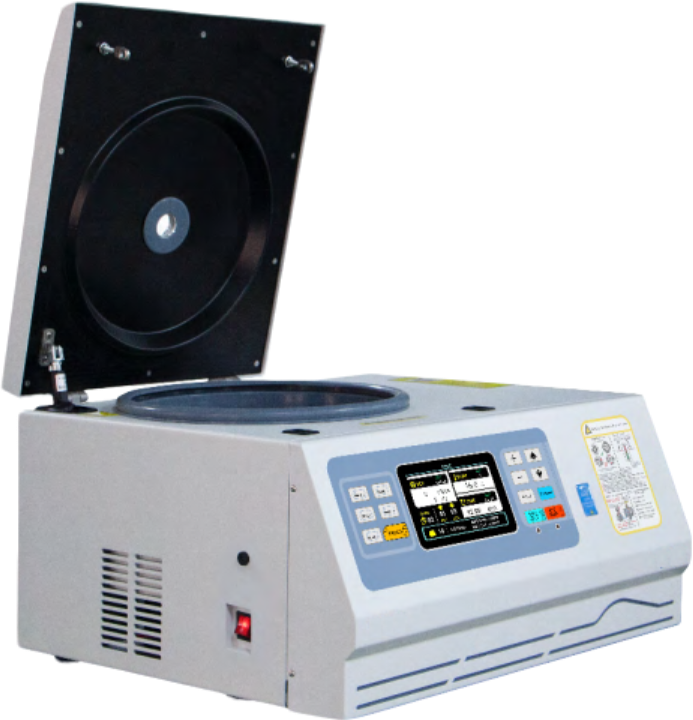Veterinary Anesthesia Mask
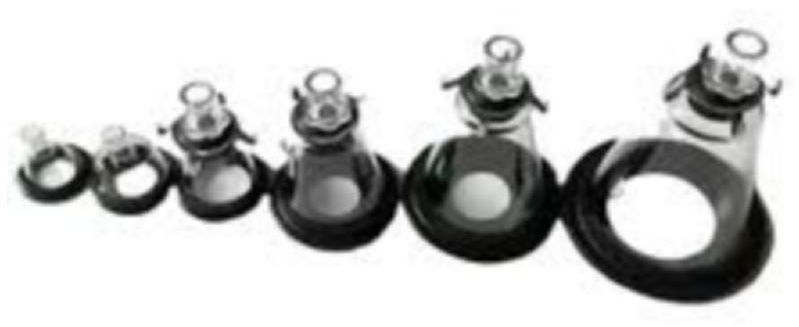
A veterinary anesthesia mask is a specialized device used to deliver anesthetic gases to animals during surgery or medical procedures.
Designed to fit various animal sizes, it provides a secure, airtight seal over the muzzle.
lt is commonly used for induction, short procedures, and cases where intubation is not required.
Usage
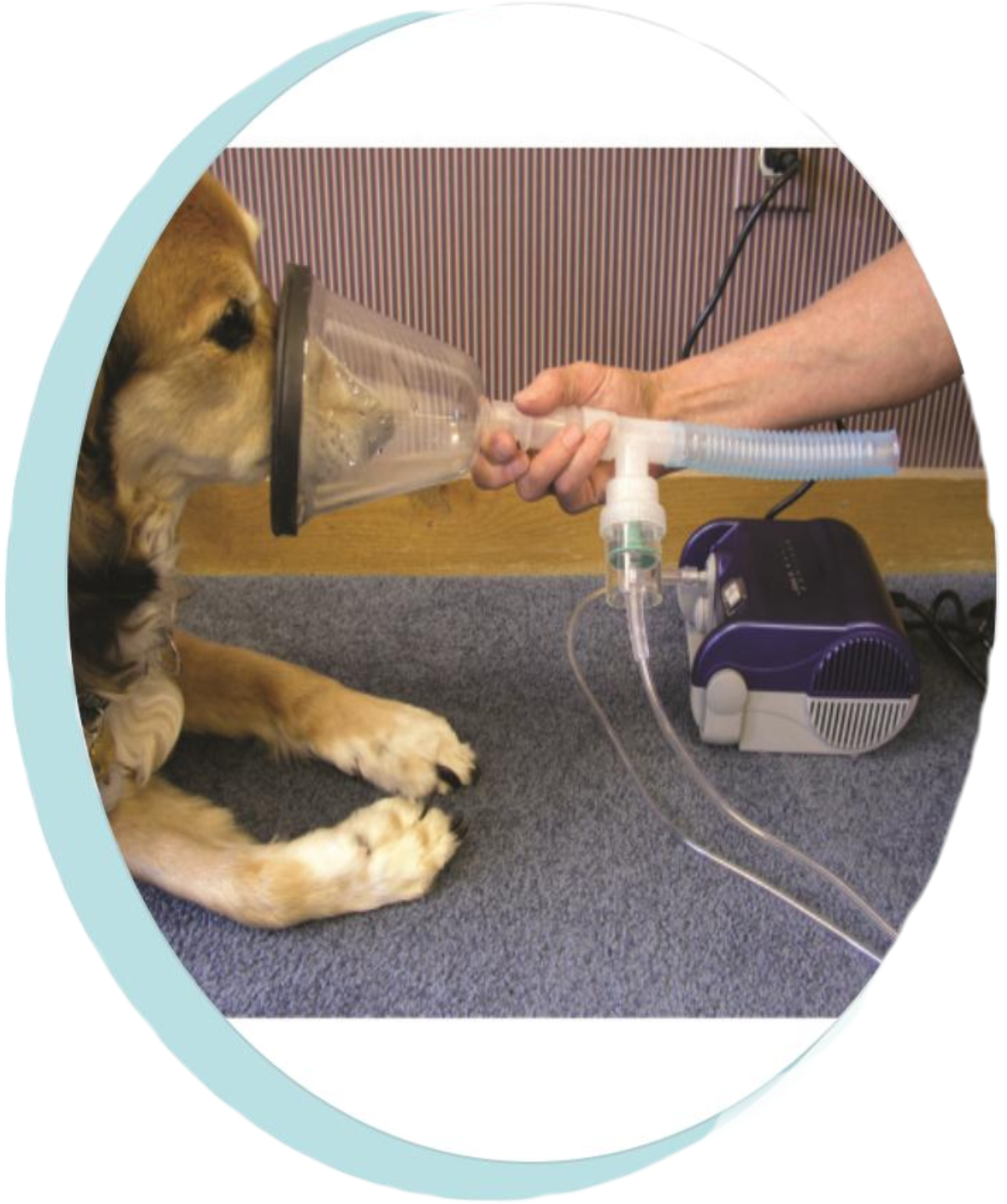 MG-Ane06
MG-Ane06
Step 1: Prepare Equipment and Environment: Check that the anesthesia or oxygen supply device is functioning properly. choose the right mask size and ensure a quiet, stress-free environment for the pet.
Step 2: Properly Fit the Mask: Gently place the mask over the pet's nose and mouth, adjust for a secure fit, and ensure there are no air leaks.
Step 3: Start Oxygen or Anesthesia Supply: Connect the gas supply, gradually adjust the airflow, and monitor the pet's breathing and response to avoid over-anesthesia.
Step 4: Monitor the Pet's Condition: Continuously observe the pet's breathing, heart rate and behavior. lf any abnormalities occur (e.g., difficulty breathing, cyanosis), stop immediately and adjust the procedure.
Step 5: Stop Use and Clean the Mask: Gradually reduce the gas flow after anesthesia remove the mask once the pet is fully awake, and clean and disinfect the mask for future use.
This ensures a safe and effective anesthesia process for pets while minimizing risks!
Veterinary Oxygen Mask
A veterinary oxygen mask provides supplemental oxygen to animals with respiratory distress, anesthesia recovery or critical illness.
lt ensures efficient oxygen delivery stabilizes breathing, and supports emergency resuscitation.
Commonly used in veterinary clinics, lCUs and surgeries, it enhances patient care for pets, livestock and exotic animals requiring oxygen therapy.
Usage
Step 1: Prepare Equipment and Environment: Check that the oxygen supply device is functioning properly, Choose the right mask size and ensure a quiet, stress-free environment for the pet.
Step 2: Properly Fit the Mask: Gently place the mask over the pet's nose and mouth ensuring a secure but comfortable fit to prevent air leaks or discomfort.
Step 3: Start Oxygen Supply: Connect the oxygen device, gradually adjust the oxygen flow to avoid startling the pet, and monitor its breathing.
Step 4: Monitor the Pet's Condition: Continuously observe the pet's breathing, heart rate, and behavior, lf any abnormalities occur (e.g., rapid breathing, restlessness, cyanosis), adjust or stop the oxygen supply immediately.
Step 5: Stop Use and Clean the Mask: Gradually reduce the oxygen flow, remove the mask once the pet is stable, and clean and disinfect the mask for future use.


